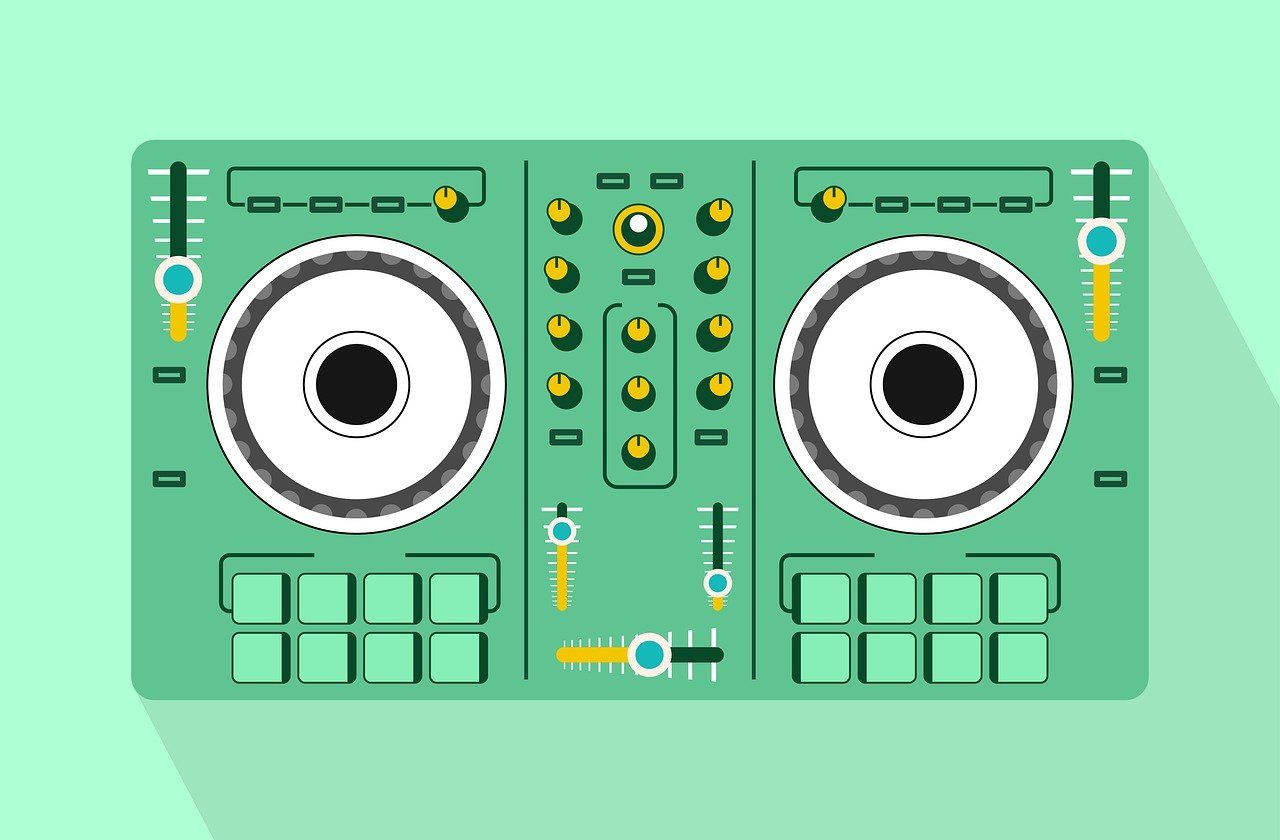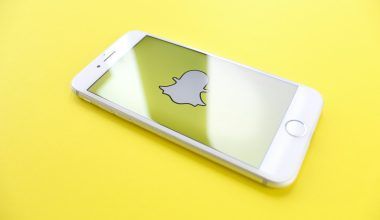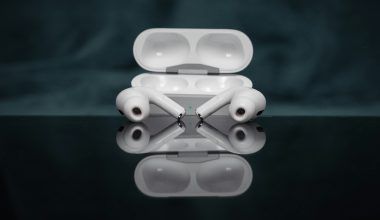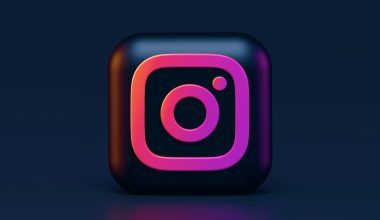Have you ever dreamed of seeing your song on Spotify, Apple Music, or YouTube Music? The good news is, you don’t need a distributor to make it happen. Today, independent artists like you have more tools and opportunities than ever to Distribute your song on all digital stores without a distributor. It’s not as hard as you might think, and it gives you full control over your music.
In this blog, I’ll guide you through the entire process of distributing your song to all digital platforms without relying on a distributor. You’ll discover step-by-step instructions, helpful tips, and everything you need to know to get your music heard worldwide.
Why Distribute Your Music Independently?
Before we dive into the how, let’s talk about why you might want to skip the traditional distributor route. Here are a few reasons:
- More Control: When you handle distribution yourself, you’re in charge of everything, from the release date to how your music is presented on platforms.
- Save Money: Distributors often take a cut of your earnings. By doing it yourself, you get to keep 100% of your royalties.
- Faster Releases: You’re not waiting on a third party to approve or process your music. You can upload and release on your schedule.
Now that you know the benefits, let’s break down the process.
Step 1: Prepare Your Music
Before you can distribute your song, it needs to be ready for the world. This means:
- Finalize Your Track: Make sure your song is mixed and mastered to professional standards. If you’re not sure how to do this, consider hiring a professional or using online mastering tools like LANDR or eMastered.
- Choose a File Format: Most digital stores require your song to be in a high-quality WAV format (16-bit or 24-bit, 44.1 kHz).
- Create Artwork: Your album or single cover is the first thing listeners will see. Make sure it’s eye-catching and meets platform requirements (usually a square image, at least 3000×3000 pixels).
Step 2: Set Up Accounts on Digital Stores
To distribute your music, you’ll need accounts on the platforms where you want your song to appear. Here’s how to get started with some of the most popular stores:
Spotify
Spotify’s platform for artists, Spotify for Artists, allows you to claim your profile and upload music. While they don’t let you directly upload songs, you can use Spotify’s preferred partners, such as DistroKid or CD Baby, or explore options like Amuse and Soundrop.
Apple Music and iTunes
Apple’s iTunes Connect lets independent artists upload music directly. You’ll need to apply for an account, which includes providing tax and banking information. Once approved, you can start uploading your songs.
YouTube Music
To get your song on YouTube Music, create a YouTube channel if you don’t already have one. Upload your track with a visually engaging video or use YouTube’s music-specific options, such as YouTube for Artists.
Other Platforms
Services like Bandcamp and SoundCloud allow direct uploads, making them excellent choices for independent distribution. Each platform has its own guidelines, so be sure to read the requirements carefully.
Step 3: Understand Metadata
Metadata might sound technical, but it’s simply the information that describes your song. This includes:
- Song title
- Artist name
- Album name (if applicable)
- Release date
- Genre
Make sure your metadata is accurate, as this ensures your song is properly categorized and easy to find. Mistakes in metadata can lead to delays or confusion on digital stores.
Step 4: Upload Your Music
Now comes the exciting part: uploading your song! Depending on the platform, the process may vary, but here are some general tips:
- Double-check everything: Before hitting “Submit,” review your file, artwork, and metadata.
- Follow guidelines: Each platform has specific rules. For example, Spotify prefers WAV files, while YouTube accepts MP4 for videos.
- Set a release date: Planning a release date can help you build anticipation and promote your song effectively.
Step 5: Promote Your Song
Distribution is just the beginning. To make the most of your music, you’ll need to promote it. Here are some ideas:
- Social Media: Share your song on Instagram, TikTok, Twitter, and Facebook. Use hashtags and interact with fans to boost engagement.
- Email List: If you have a mailing list, send out an announcement with links to your song.
- Collaborations: Partner with other artists or influencers to expand your reach.
- Music Blogs and Playlists: Submit your track to blogs and playlist curators to get more exposure.
Step 6: Monitor Your Success
Once your song is live, keep an eye on its performance. Most platforms offer analytics tools to track streams, downloads, and listener demographics. Use this data to refine your future releases and promotion strategies.
Final Thoughts
Distribute your song on all digital stores without a distributor is completely achievable. It may take some time and effort, but the rewards are worth it. You get to keep your royalties, maintain control over your music, and connect directly with your audience.
So, what are you waiting for? Start preparing your song, set up those accounts, and share your music with the world. You’ve got this!
Related Articles:
For further reading, explore these related articles:
For additional resources on music marketing and distribution, visit DMT RECORDS PRIVATE LIMITED.






